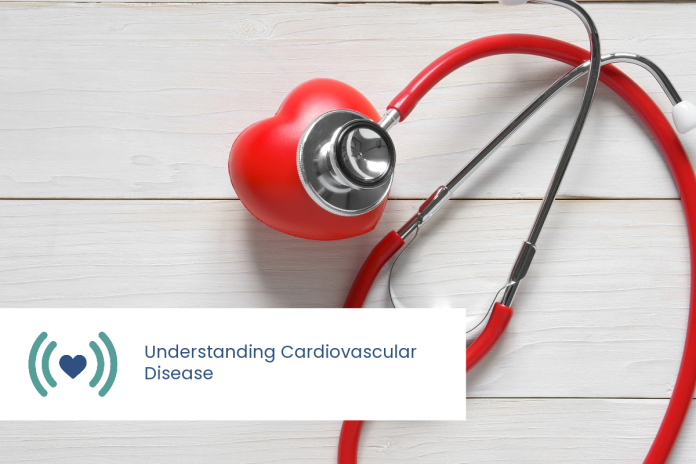Cardiovascular disease (CVD) remains the leading global cause of death, claiming more lives annually than any other ailment. Often referred to as the silent killer, CVD encompasses a range of conditions affecting the heart and blood vessels. In this article, we’ll delve into cardiovascular disease, explore its impact, and discuss ways to prevent its grasp on our lives.
The statistics surrounding CVD are alarming. According to the World Health Organisation (WHO), an estimated 17.9 million people die yearly due to CVD, accounting for 31% of all global deaths. This staggering number highlights the pressing need for awareness and action to combat this pervasive health threat.
Types of Cardiovascular Disease
1. Coronary Artery Disease (CAD): CAD is one of the most common types of CVD, characterised by the narrowing of coronary arteries due to plaque buildup. This restricts blood flow to the heart, leading to chest pain or a heart attack.
2. Stroke: Stroke occurs when blood flow to the brain is disrupted, either due to a clot (ischemic stroke) or a ruptured blood vessel (hemorrhagic stroke). It can result in severe neurological damage or even death.
3. Heart Failure: Heart failure occurs when the heart cannot pump blood effectively, causing symptoms such as fatigue, shortness of breath, and fluid retention.
4. Arrhythmias: Arrhythmias are irregular heart rhythms that can lead to palpitations, dizziness, or fainting. Some arrhythmias can be life-threatening.
Risk Factors
Several risk factors, including genetics, age, and gender, contribute to the development of CVD. However, modifiable risk factors play a crucial role in prevention. These include:
1. High Blood Pressure (or Hypertension): Hypertension is a leading risk factor for CVD. Monitoring and managing blood pressure through lifestyle changes or medication can reduce the risk.
2. High Cholesterol: Elevated cholesterol levels in the blood can contribute to plaque buildup in arteries. A healthy diet and medication can help manage cholesterol levels.
3. Smoking: Smoking damages blood vessels, increasing the risk of CVD. Quitting smoking is one of the most significant steps toward better heart health.
4. Obesity: Maintaining a healthy weight reduces the strain on the heart and lowers the risk of CVD.
5. Diabetes: Diabetes is a significant risk factor for heart disease. Proper management of blood sugar levels is essential.
Prevention and Lifestyle Changes
Fortunately, CVD is largely preventable through lifestyle modifications. Here are some strategies:
1. Healthy Diet: Embrace a diet rich in fruits, vegetables, whole grains, lean protein, and low-fat dairy while minimizing saturated and trans fats, salt, and added sugars.
2. Regular Exercise: Doing physical activity for at least 150 minutes per week can improve heart health and reduce the risk of CVD.
3. Smoking Cessation: Quitting smoking is one of the most significant steps toward a healthier heart.
4. Stress Management: Chronic stress can contribute to CVD. Practices such as mindfulness meditation and yoga can help manage stress.
5. Regular Check-ups: Regular visits to your healthcare provider for check-ups and screenings can detect risk factors early.
Cardiovascular disease is a formidable adversary, but it’s a battle that can be won through awareness, prevention, and timely intervention. Understanding the risk factors and making lifestyle changes can significantly reduce the chances of falling victim to the silent killer. Remember, your heart’s health is in your hands, and small steps today can lead to a healthier, happier tomorrow.




